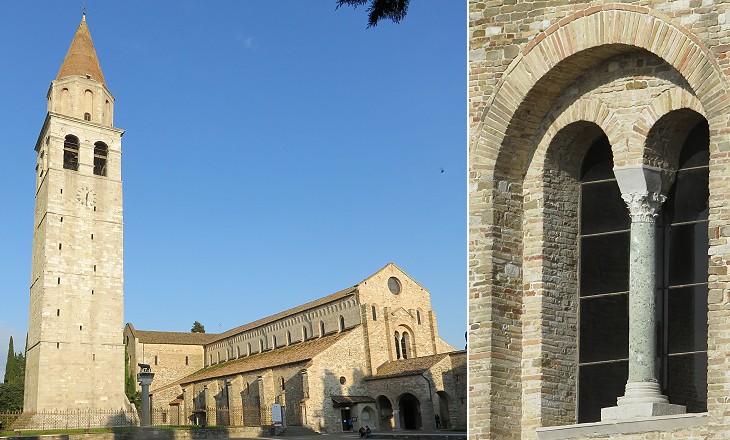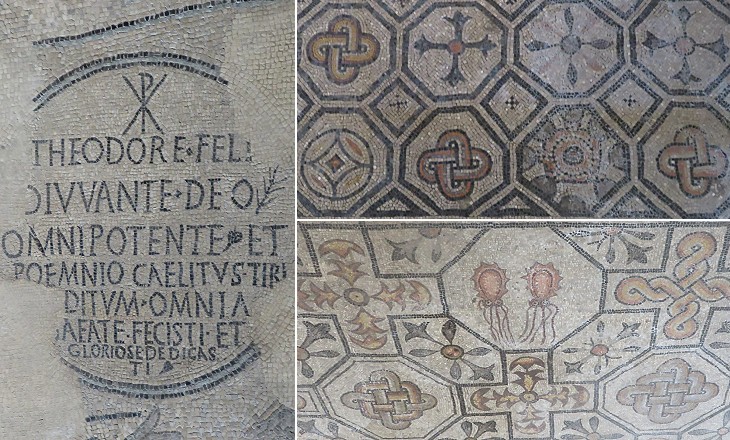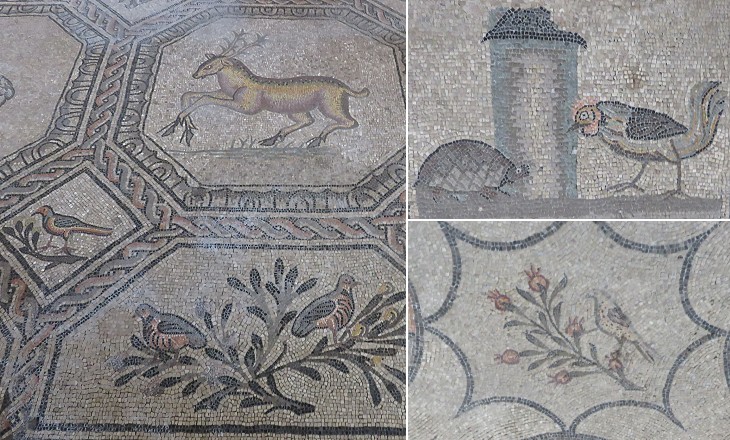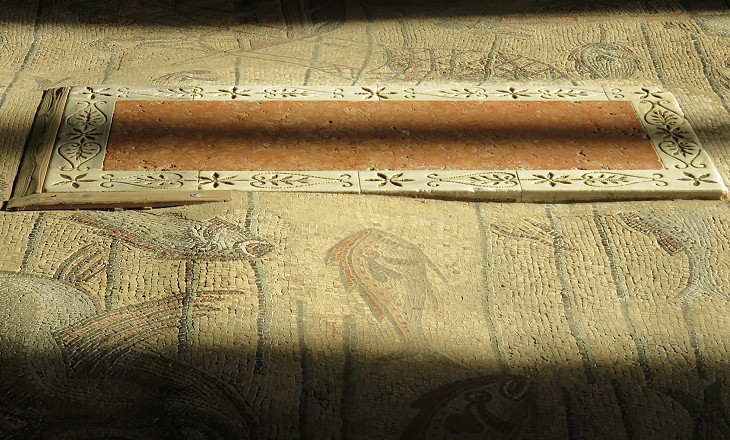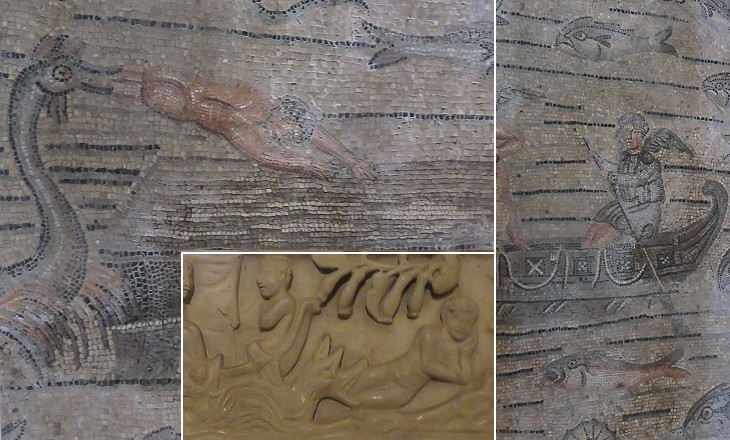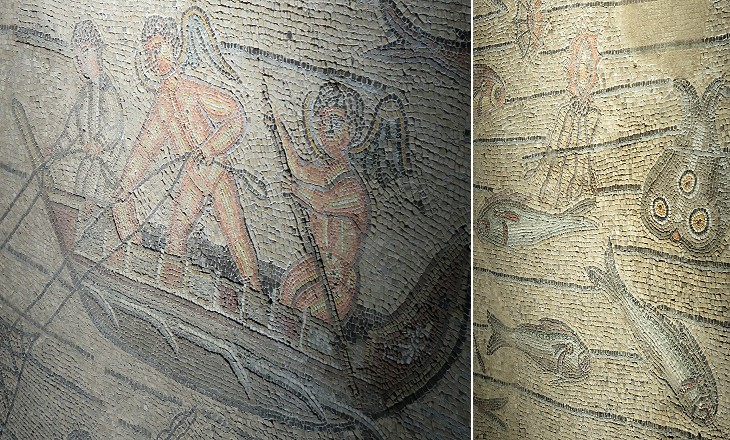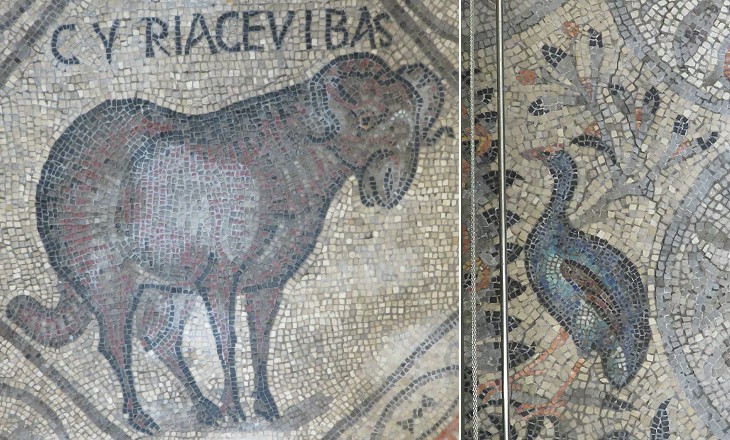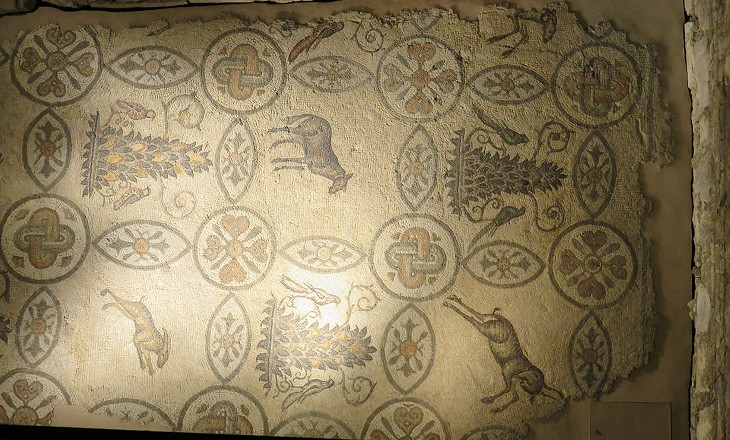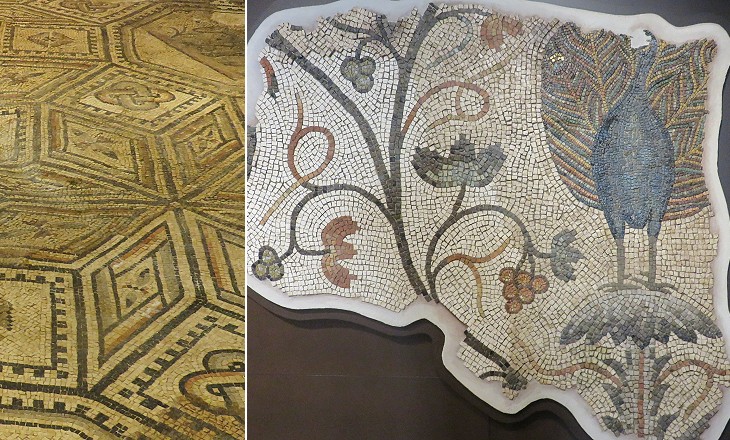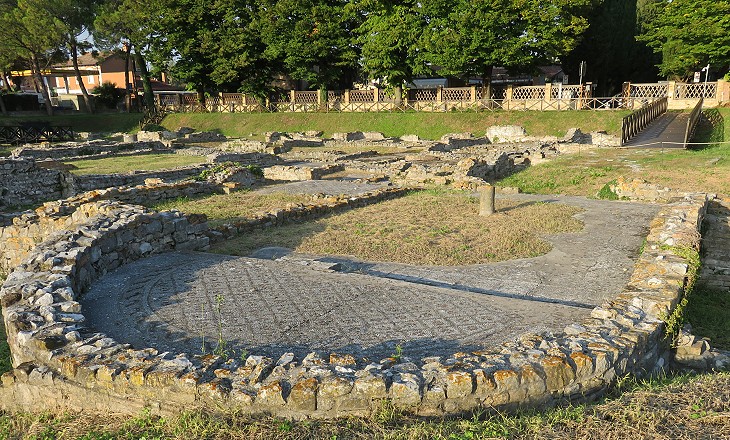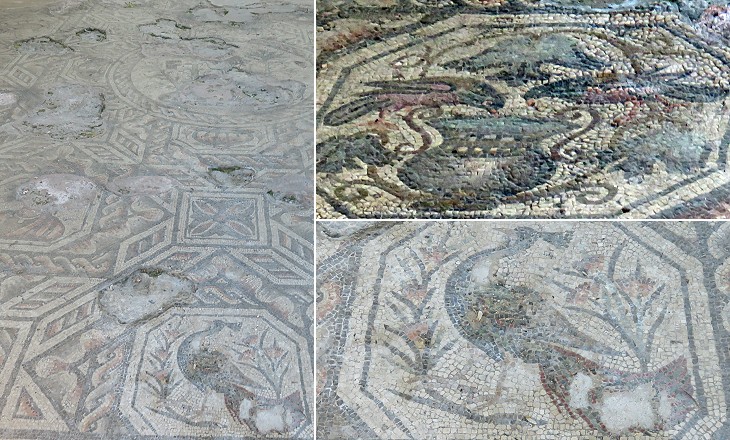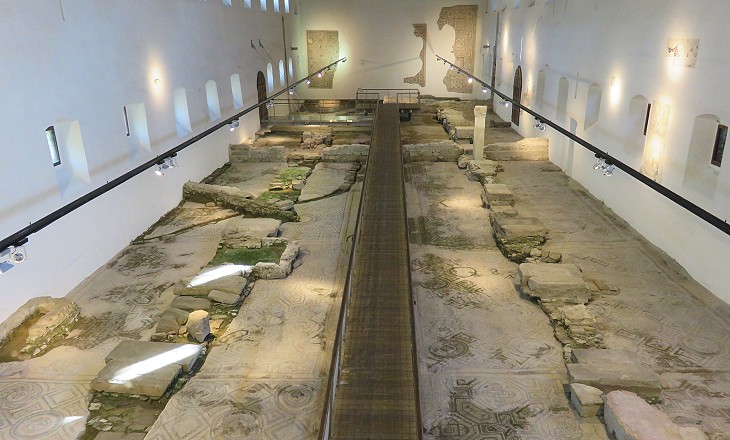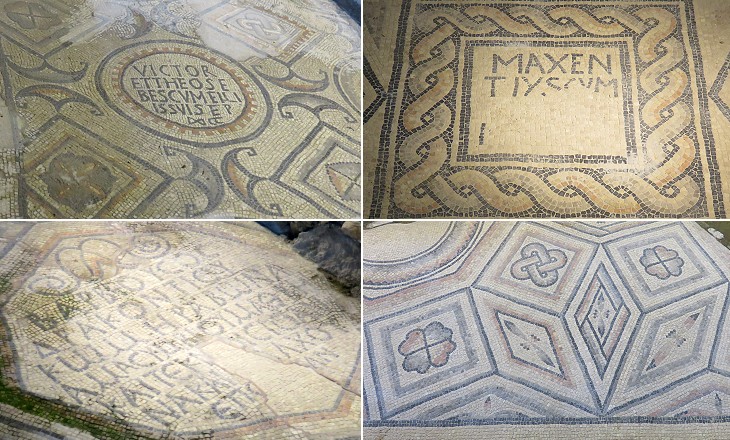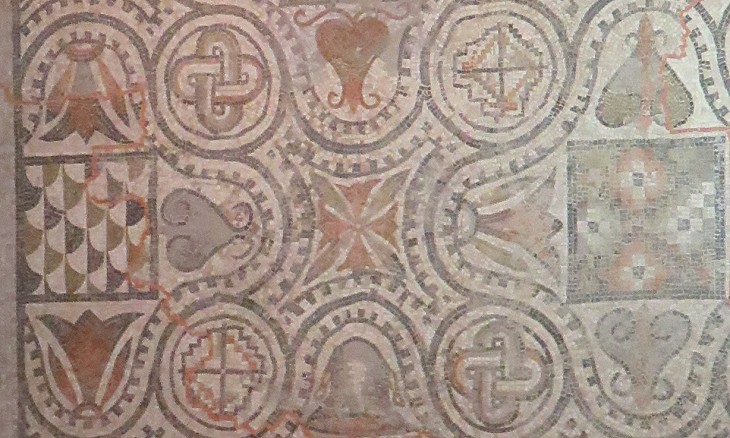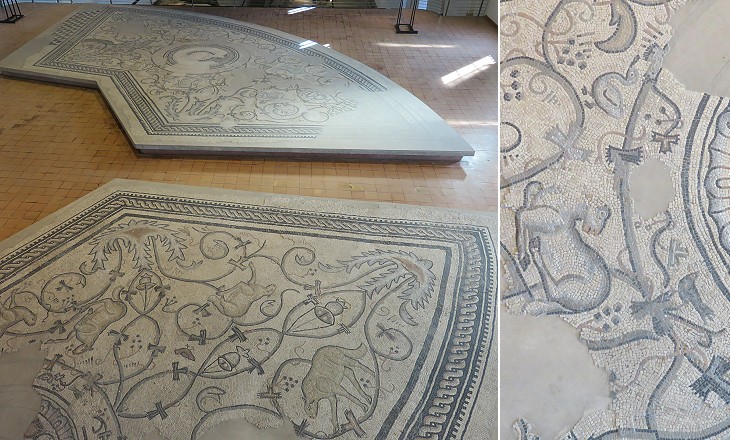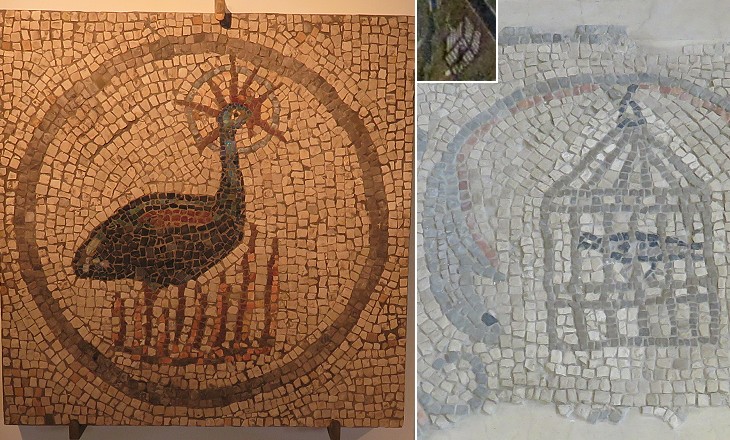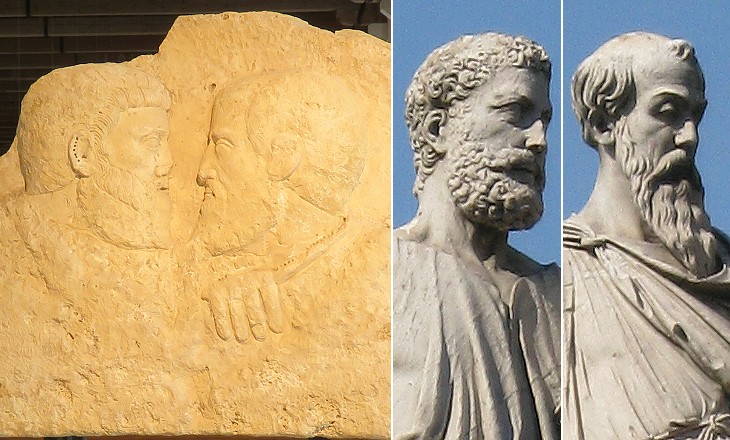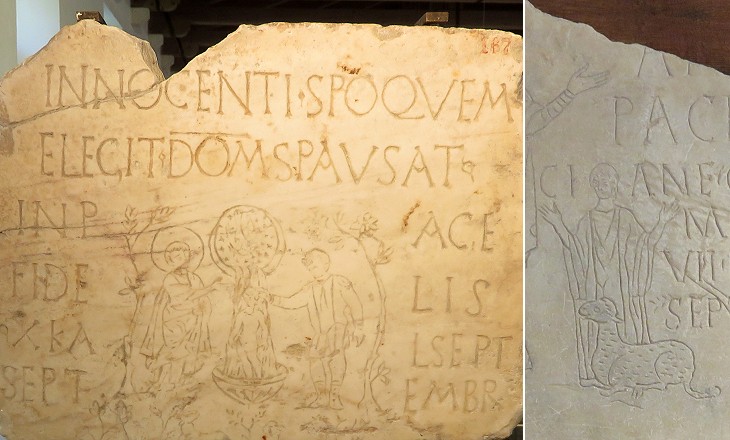  What's New! Detailed Sitemap All images © by Roberto Piperno, owner of the domain. Write to romapip@quipo.it. Text edited by Rosamie Moore. Page added in January 2015. |
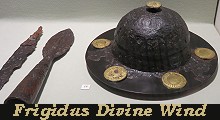 - Early Christian Aquileia - Early Christian Aquileia(Longobard weapons at Museo Archeologico di Cividale) You may wish to read an introduction to this section or pages on Roman Aquileia first.
By the village street, which was little more than a country lane, we reached the great Patriarchal Basilica. Fragments of antiquity lay on all sides, but not one stone of Roman Aquileia is left standing on another. (..) We have now to look below ground for evidences of the huge population that once lived at Aquileia. Of these there is no lack. Every year the plough turns up an abundance of coins, gems, buckles, clasps, and ornaments of all kinds. Sir Thomas Graham Jackson - Dalmatia, the Quarnero and Istria - 1887 Sir Thomas Graham Jackson (1835-1924) was one of the leading architects of his time. He visited Aquileia in 1885 and he wrote a very detailed account of its Patriarchal Basilica.
On entering the church one cannot fail to be struck by the majesty and dignity of its effect, but it is a surprise to find that after all it is not a basilica of the type of S. Apollinare in Classe or Parenzo, but a Gothic church with arcades of pointed arches. Further examination shews that as usual the columns and their capitals are survivals of an older building than the present church, though even they cannot be referred to a period more remote than the rebuilding of the church by Patriarch Poppo between 1019 and 1045. T. G. Jackson When Jackson visited the Basilica the floor was at a higher level than it is today. In 1909 a large mosaic floor was found beneath those of the XIVth and XIth centuries. It was rectangular and shorter than the main nave. In the following years other large fragments of mosaic floors were found between the Basilica and the bell tower and inside the latter.
The great importance of the discovery was understood when an inscription indicated that the mosaic had been built by Theodore, Bishop of Aquileia, immediately after the 313 Edict of Milan by Emperors Constantine and Licinius, which authorized Christians to profess their faith freely. Until then they had usually met and prayed inside private houses known as domus ecclesiae (house church). Theodore built two halls linked by a passage: one of the halls served as church, while the other one was probably a school for the catechumens or a gathering place for the Christian community.
The depiction of animals and in particular of birds was a typical subject of Roman mosaics and has been found throughout the whole empire (you may wish to see Villa of the Aviary at Carthage or a mosaic at Caesarea). Some of the panels depicting animals at Aquileia were not merely decorative. The significance of a mosaic showing a fight between a cock and a tortoise has been debated at length. The prevalent opinion is that the cock represents daylight/good/true faith and the tortoise obscurity/evil/ignorance. Tartar˘uchos, the Late Greek word for tortoise, meant inhabitant of Tartarus, the underworld location where the wicked were punished.
Panels of the mosaic such as that portraying the Good Shepherd have a unique Christian meaning, but not all of them. The Four Seasons were a very common subject of mosaics as can be seen at many locations of today's Tunisia. Men and women working in a vineyard were often represented in reliefs of non-Christian monuments as at the Temple to Jupiter in Spalato. An angel carrying a laurel wreath is another traditional Greek-Roman subject (which can be found as far as Sassanian Bishapur), but in the panel shown above the angel carries a stylized palm leaf, a Christian symbol for martyrdom, in addition to the laurel wreath.
The mosaic found in the Basilica is made up of ten sections in total. Nine of them are divided into small panels by geometric motifs; the last one, corresponding in size to three of the others, is decorated with a large sea scene, without being divided into smaller sections. There is no apparent reason for this change of approach in the decoration of the floor, apart from the fact that sea scenes were very popular during the Late Empire and they embellished the richest houses.
The sea scene panel was given a Christian meaning by depicting episodes of the life of Jonah. The same subject was depicted on a sarcophagus at Osimo, which indicates that Christians in Italy had become familiar with the accounts of the Bible. Men turned into fishes or swallowed by them however were part of the iconography of earlier mosaics such as that found at Thugga, in today's Tunisia.
This sea scene departs from those of the past because it does not depict tritons, nymphs and the many fantastic sea creatures of other ancient mosaics as those at Ostia and Thysdrus. It recalls XIXth century illustrations of sea creatures (it opens in another window). The size and elaborateness of the overall mosaic indicates that Bishop Theodore could rely on a wealthy local Christian community to fund the construction and decoration of the complex.
The discoveries made in the Basilica led to excavations in the area to the left of the building because the mosaics appeared to continue in that direction. Evidence of a passage containing a baptistery and leading to a second hall was found. Some of the mosaics in this passage appear to be of a higher quality and perhaps they belonged to an earlier building, a small oratory. The inscription Cyriace vibas (Cyriacus lives) has been interpreted as saying that a martyr (symbolized by a ram) still lives (in Heaven). It is interesting to note the Greek use of b as v in vibas instead of vivas.
The mosaics of the second hall were almost entirely destroyed by the construction of the bell tower in the XIth century. The remaining section is interesting because its division into smaller areas where animals are depicted is obtained in an unusual way. The Solomon's knots which can be seen in this section of the mosaic do not indicate per se a Jewish symbol. They have been found in synagogues as at Sardis in Turkey, but in Roman buildings too, as at the Baths of Sabratha in Libya.
Floor mosaics have been found near the Theodorian halls. They belonged to other buildings which were incorporated into the medieval complex (inclusive of the Basilica, a baptistery, a building for the catechumens and the bell tower). They are based on routine geometrical patterns, with the exception of a beautiful fragment depicting a peacock, a Christian symbol which is somewhat under-represented in the Theodorian halls.
The importance acquired by Aquileia as a Christian centre is proved by the fact that in 381 St. Ambrose convened a council there to condemn supporters of the Arian heresy. St. Chromatius, Bishop of Aquileia in ca 387-407, was one of the most active theologians of his time and a zealous opponent of Arianism. St. Jerome spent some months or years at Aquileia and he had friends there. All this religious fervour explains why so many oratories were built at a very short distance from the halls of Bishop Theodore.
Some parts of the floor mosaics of these oratories have been found in excellent condition considering that for fifteen hundred years they were covered by just three/four feet of earth and that the field where they were found was farmed. The question about how the monuments of Roman Aquileia have vanished applies to these buildings as well. Their foundations were well laid down so why have their walls disappeared? It may possibly have been the case that Venice herself not only politically, but materially rose out of the ruins of Aquileia. T. G. Jackson. It is difficult to believe however that the Venetians would carry away the walls of these oratories and not their floor mosaics. Antioch is another great city of the past, the monuments of which archaeologists have vainly tried to locate.
Monastero is a site outside Aquileia, thus named because a Benedictine nunnery stood there until 1782. Its church was turned into a winemaking barn which was part of Villa de Ritter Zahony. In 1895 chance modifications made to the building led to identifying fragments of ancient mosaics. Proper excavations were not carried out until 1949. It then appeared that the Benedictine church was built on top of a previous one of the late IVth century. In 1961 the barn was turned into a detached section of the Archaeological Museum which, in addition to the ancient mosaics, houses other exhibits of Early Christian Aquileia.
The construction of the ancient church was financed by several members of a Christian community. The mosaic contains many inscriptions which can be regarded as accounting entries. They indicate the names of the donors and the square feet of the floor they paid for (e.g. the inscription in the upper left corner says that Victor and Theosebes and their children paid for 1,300 ft). Many members of the community came from Eastern Mediterranean countries, chiefly from Egypt, as their names and the use of the Greek alphabet indicate (Theosebes, as all other names beginning with Theo, is of Greek origin).
In 452 Roman Aquileia perished in flames at the hands of Attila and his victorious hordes, and in the time of Justinian in the next century scarcely a vestige remained of what had been one of the richest cities of the Adriatic coast. T. G. Jackson. The church was located outside Aquileia near its harbour on the River Natisone and it was only partially damaged by Attila. The draining of the river was discontinued after 452 and the church was given a new floor above the old one to prevent its being flooded. The new floor was decorated with rather poor mosaics and was almost entirely destroyed during the modifications made to the building in the IXth century.
Beligna is another location outside Aquileia where the late IVth century mosaic floor of a church was found inside a former monastery. Because the decoration is particularly rich and full of Christian symbols, archaeologists believe that the 381 council might have taken place in this church, rather than in the halls built by Bishop Theodore.
Some Christian symbols derived from old myths that were interpreted in a new way: the phoenix which is devoured by fire and rises up from its own ashes became a symbol of Resurrection, whereas previously it was associated with the daily cycle of the Sun. The meaning of the bird inside a cage is debated; it could be a metaphor for the soul imprisoned inside the body. According to a very different opinion it could represent the faith protecting the soul.
In addition to mosaics the museum houses a number of reliefs and funerary inscriptions of the IVth-VIth centuries. Of particular interest is a relief portraying St. Peter and St. Paul because it shows that the traditional iconography of the two saints was already fixed at that time: St. Paul was portrayed as slightly bald with a long beard, whereas St. Peter had the hair and beard of a famous Roman bust said to be the portrait of Hannibal (it opens in another window).
A large Christian necropolis was found near Monastero della Beligna. The inscriptions on its gravestones include some small carvings and overall they are very similar to those found in Rome. The dead were often portrayed in the act of praying with their palms upwards (see a page on Eritrean Christians praying in this way in Rome). In a less common carving a young girl was portrayed while she was baptized by a saint. The inscription said Innocenti sp(irit)o quem elegit Dom(inu)s pausat in pace (Innocent soul, you were chosen by the Lord, rest in peace). See these other pages on Aquileia: Roman Aquileia - Main Monuments Roman Aquileia - Tombs and Mosaics Medieval Aquileia or move to: Introductory page Chioggia: Living on the Lagoon Chioggia: Churches Chioggia: Other Monuments Roman and Medieval Cividale del Friuli Venetian Cividale del Friuli Grado Palmanova Roman and Byzantine Parenzo (Porec) Medieval and Venetian Parenzo (Porec) Roman Pola (Pula) Medieval and Venetian Pola (Pula): Churches Medieval and Venetian Pola (Pula): Other Monuments Pomposa Roman Ravenna Ostrogothic Ravenna Byzantine Ravenna: S. Apollinare in Classe Byzantine Ravenna: S. Vitale Byzantine Ravenna: Other Monuments Medieval Ravenna Venetian and Papal Ravenna: Walls and Gates Venetian and Papal Ravenna: Churches Venetian and Papal Ravenna: Other Monuments Rovigno (Rovinj) Roman and Medieval Trieste Modern Trieste  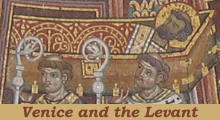 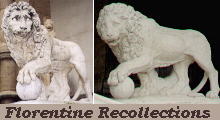 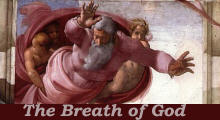 |
